Two proposed solar farm projects in Mġarr and Burmarrad, covering a total agricultural footprint of almost 70,000sqm, have received unequivocal condemnation from concerned academics, environmental and cultural NGOs as well as the Opposition Party.
Historian Andrea Depasquale, a resident of Mġarr, pointed out that the area around the ancient site known as Ta’ Ħaġrat is “essentially the periphery of a lost Roman village”, citing references to various known and potential sites dating from the early Punico-Roman era.
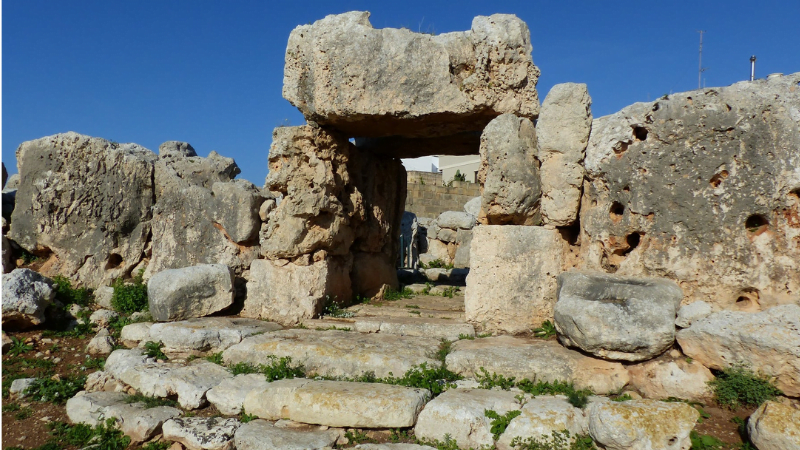
Temple at Ta’ Hagrat site. Photo: Hartwig Hausdorf
As for the site on which the larger solar farm in Mġarr is being proposed, Depasquale said, “archaeologically speaking, it is a very hot site because it is literally in the middle of the Ta’ Ħaġrat and Skorba”.
“There is enormous potential for this, as shown by UNESCO’s attempts at protecting the area stretching from Żebbiegħ’s church to Ta’ Ħaġrat,” referring to how UNESCO had restricted development in the area throughout the ’90s before it picked up again over the last decade.
While the site at Mġarr is expected to take up 43,303sqm of agricultural land, the proposed solar farm in Burmarrad will occupy a total of around 26,051 sqm. Both applications have been filed by Electrofix Group shareholders Joseph and Debbie Schembri.
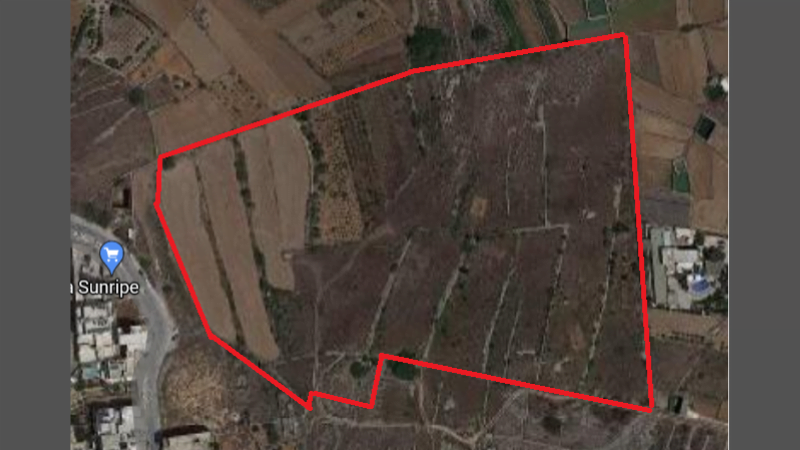
Area proposed for Mġarr solar farm.
Farmer Cane Vella, whose farmland across the street from the proposed solar farm in Burmarrad has already faced threats from suspended road-widening works, had serious doubts about the feasibility of the ‘solar farms’ being proposed by Electrofix.
“First of all, the variety of the crops that can be grown in those greenhouses will be a lot smaller. We are already limited in terms of what we can grow during summer in Malta; some crops won’t grow under the shade of solar panels, or at best they won’t grow properly,” Vella said, echoing statements already made by other farmers in Mġarr.
“I agree with the idea of solar farming, it’s a good idea. On our farms, we always try to use solar panels wherever we have a structure that can be used to support them. But only where there is a structure, not taking an entire field out for the sake of covering it with panels,” Vella added.
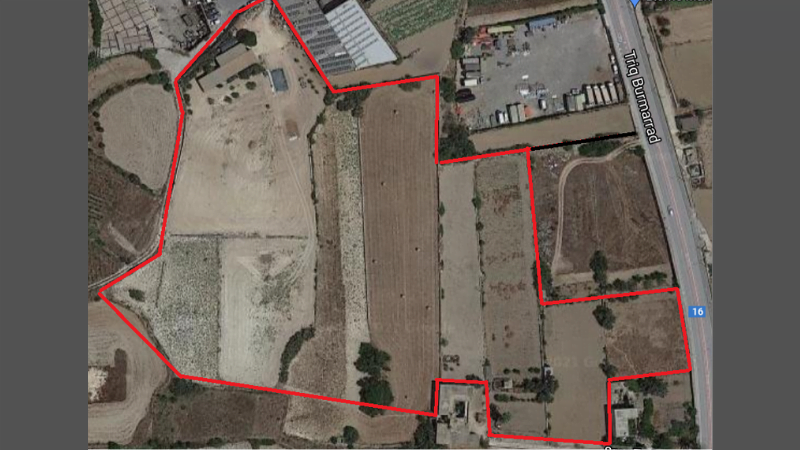
Burmarrad solar farm project – proposed site.
Both Depasquale and Vella also expressed great concern about the amount of run-off water that would be lost due to the massive proposals’ footprint being set squarely in the middle of agricultural areas. In particular, the Ta’ Ħaġrat Hypogeum is severely threatened by flooding, as demonstrated by pictures Depasquale gave to an organisation known as Temple Rescue Malta.
“A few days ago, after maybe 15 – 30 minutes of rain near Ta’ Ħaġrat, the zone was flooded. This continuous development and increase in Mġarr’s urban footprint, especially if this 43,303sqm solar farm is approved, will cause more issues,” Depasquale said.
Overall, the historian’s grim prognosis for the project stems not just from the immediate threat of flooding, which is increased by development that stops water from seeping underground, but also the loss of biodiversity that it is set to cause.
“All the land in question consists of immensely fertile agricultural land which used to be worked on regularly up until at least a few years ago,” Depasquale said.
“These lands were used for the growing of vines and other agricultural products. It is primarily garigue land, Malta’s typical countryside on which small bushes like the Mediterranean thyme thrive,” he added.
The historian explained how the natural fertility of the area was not only an attraction for at least three distinct groups of settlers from 200 BC – 300 AD but also enabled the development of an ecosystem that was ideal for the cultivation of honey and bees.
“This development application will lead to the eradication of a large mass of flora, especially the honeybees which make honey out of Mediterranean thyme, local produce that cannot be found anywhere else,” Depasquale said.
“The practice of beekeeping, which has been around in the area for millennia, is still ongoing, meaning that this will also lead to a loss of employment for both farmers and beekeepers in the area,” he added.
He also raised serious concerns about how the applicants’ envisaged reservoir to cater for run-off water, a practice that is usually carried out by farmers who build greenhouses, has a carrying capacity of around 110m3.
“In terms of the amount of run-off water, it would be like trying to shove a whole swimming pool’s worth of water into a teacup,” Depasquale said.
‘Ad hoc, unplanned and opportunistic’
Professor Maria Attard, Head of the Institute of Climate Change and Sustainable Development at the University of Malta, argued that “ad hoc, unplanned and opportunistic activities are hard to justify in terms of sustainability”.
“As far as I know there is no plan or studies on how, how much, and where we have the potential for solar farms. So these applications are just similar to those that find a loophole in the system and take it,” Attard said.
“Building agricultural infrastructure which will not be used and will instead have solar panels put on top mean selling energy will be much more profitable for the owner than farming,” she added, echoing a similar comment made by Vella.
Attard also added that the applications were the result of poor planning or the absolute lack of it, arguing that she could never see “the removal, replacement, covering or loss of agricultural land as sustainable and feasible in a small island nation”.
Outlining similar concerns, environmental NGO Moviment Graffitti expressed “disgust” at environment minister Aaron Farrugia’s “promotion of an application for private development in the media, essentially signalling the planning board to approve the project”.
“The idea of sacrificing arable land to reach the 2030 emission targets is contradictory in and of itself. In an already overdeveloped nation, and knowing that climate solutions lie in the restoration and proper functioning of natural areas, solar farms in the rural environment should simply not even be considered,” the group said.
All argued in favour of instead shifting the usage of solar panels towards urban sites which are not yet utilised in this manner, although issues such as taller buildings overshadowing smaller ones can lead to a lower amount of light reaching panels on private buildings.
The Nationalist Party doubled down on its stance against the projects, arguing that “agricultural areas are not to be developed under the pretext that they could be used for photovoltaics. Malta still has potential in installing photovoltaics on public and private roofs, disused quarries and, more recently, public car parks”.
Questions sent to the ministry for energy and sustainable development remained unanswered at the time of writing.


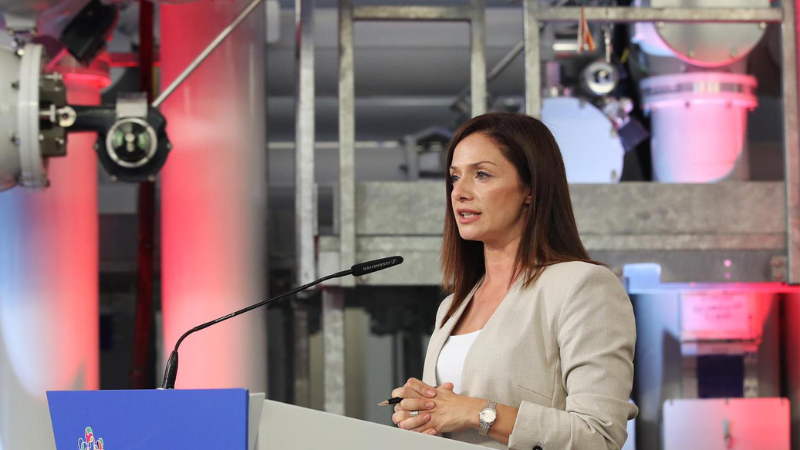
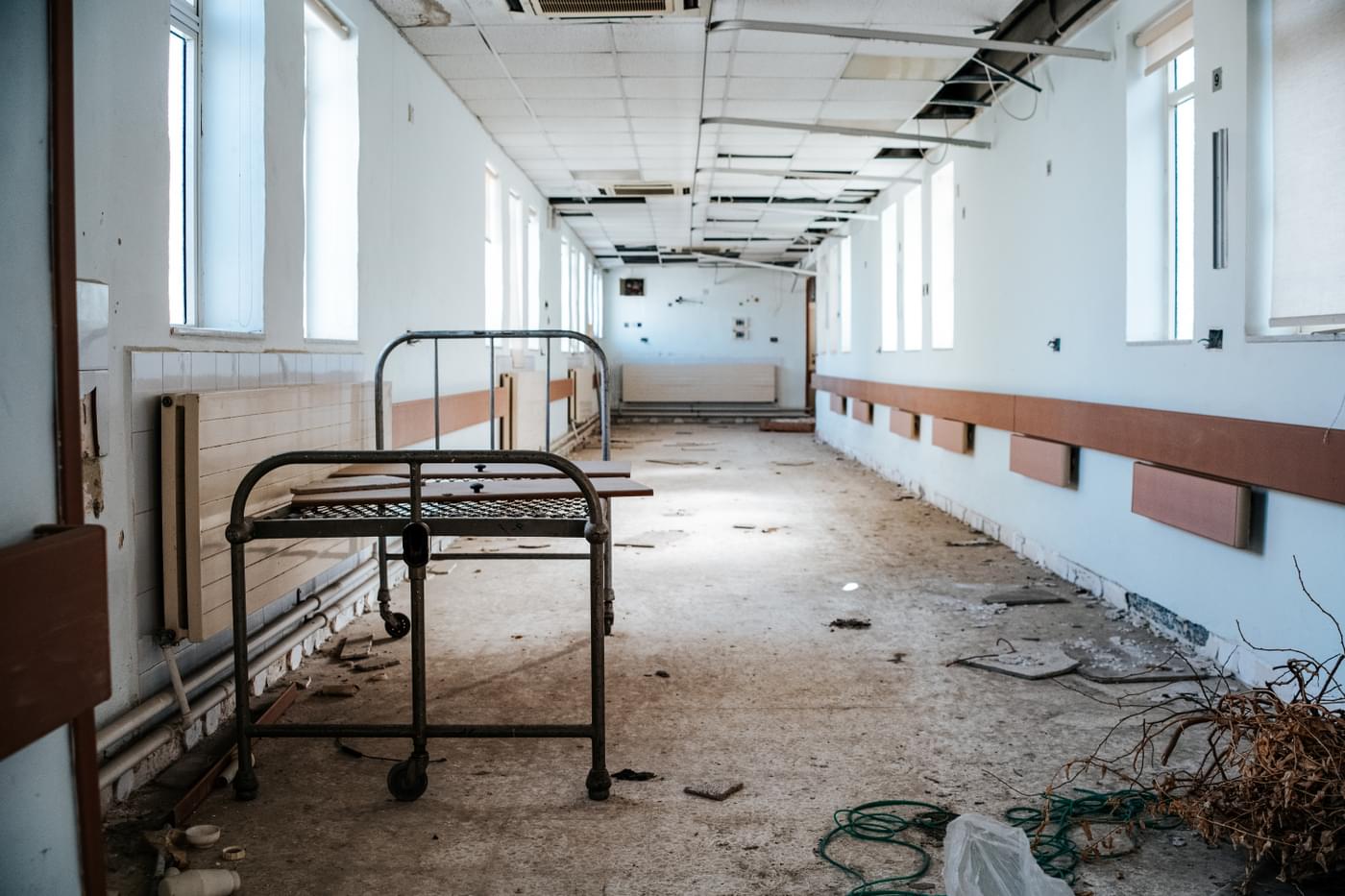
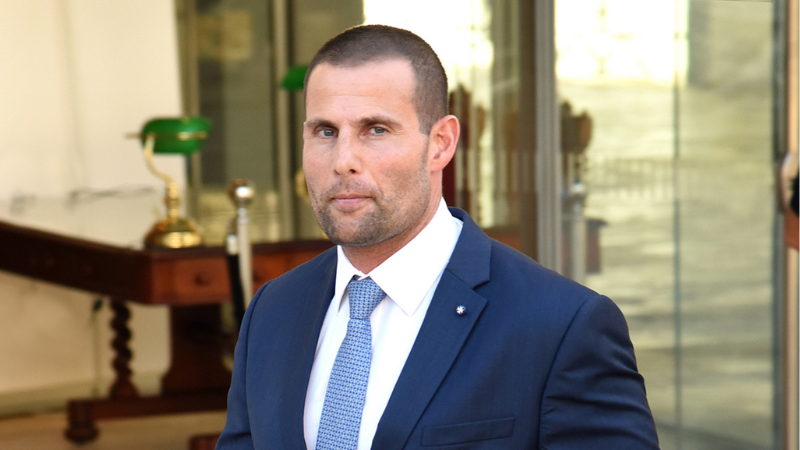
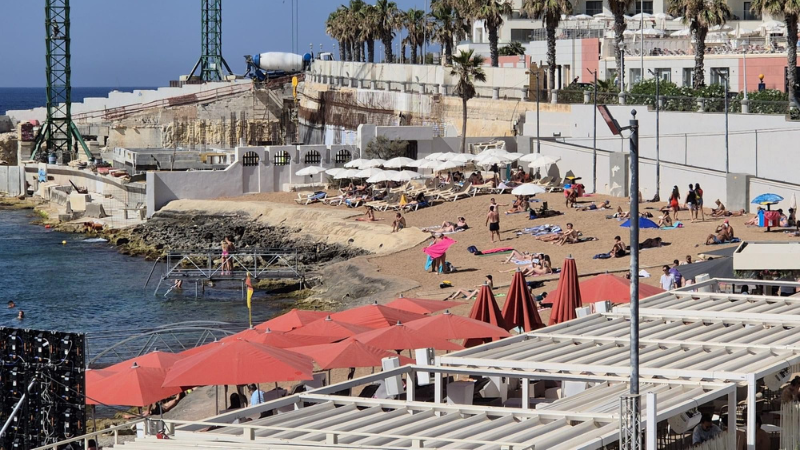
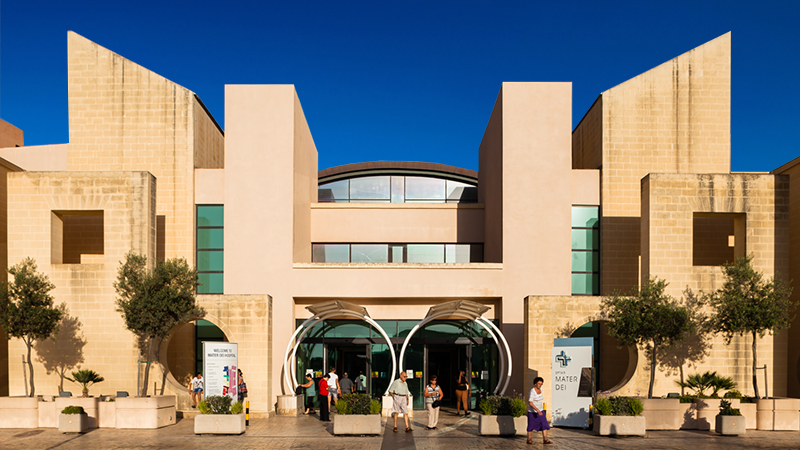






Kullhadd qed joqghod ghal kollox! Kulljadd igerger imma hadd ma jaghmel xejn! X ma jaghmlux u japplikaw u jinhargu permessi fuq odz!
Lanqas fuq disused quarries ma naqbel. Meta dawn inhargilhgom il-permess biet jitqattaw ghall-franka, kellhom kundizzjoni biex jghamluha lura ghalqa meta titlesta.
Qabdu ma din imma bhalha diga hemm u hadd ma qal xejn ghalhekk pajjiz mhux kredibli.